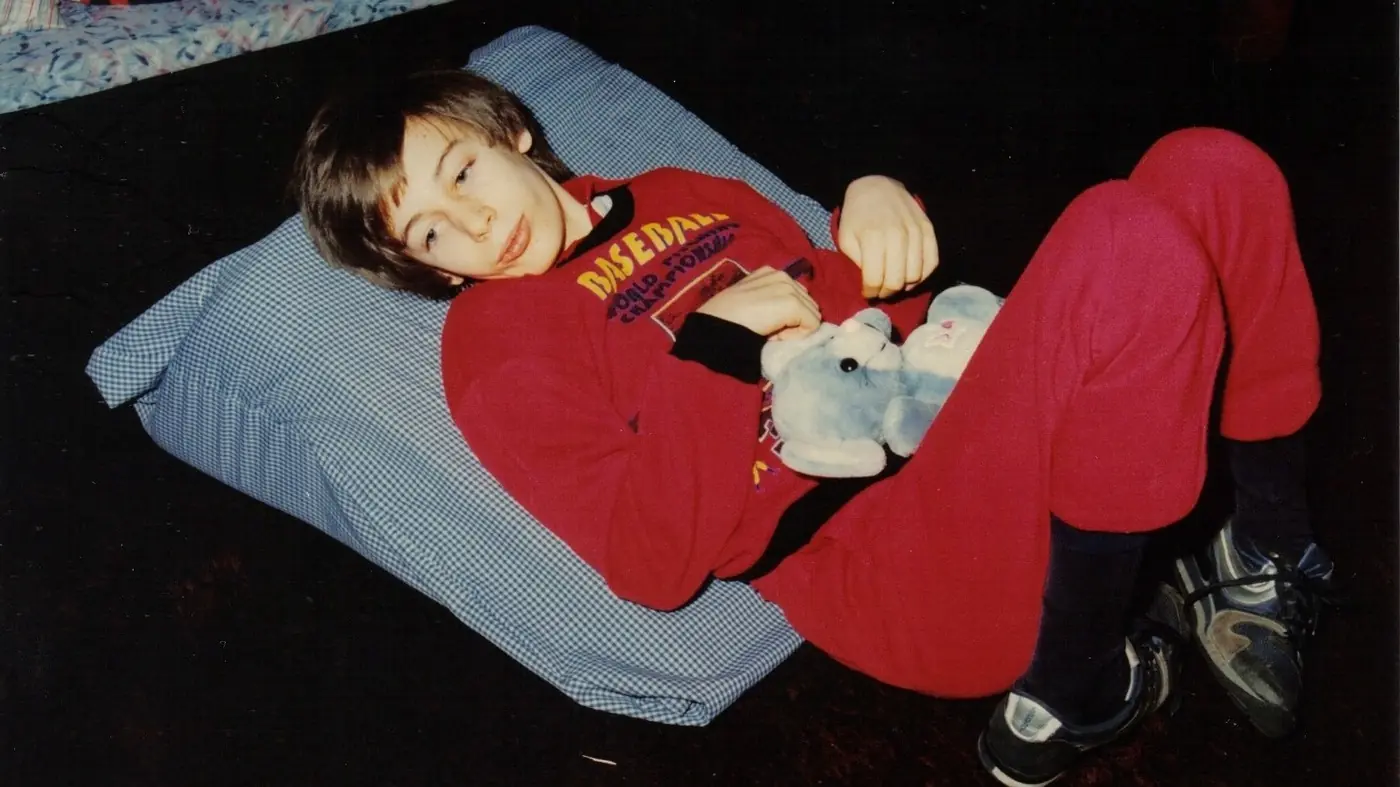
Scientists Just Linked Autism to Neanderthal DNA Found in Modern Humans

The Neanderthal Within Us: How Ancient DNA May Shape Modern Neurodiversity
Tucked deep within your DNA, nestled among the genes responsible for your eye color, immune defenses, or metabolism, lie fragments of an ancient legacy—echoes from a long-extinct species of human: the Neanderthals. Once dismissed as primitive cave-dwellers, these Ice Age humans roamed Eurasia with complex societies, crafted sophisticated tools, and—remarkably—left behind traces that still influence us today, more than 40,000 years after their extinction.
For individuals of non-African descent, roughly 1–2% of the genome is inherited from Neanderthals. This genetic imprint stems from a pivotal moment in human history: around 50,000 to 60,000 years ago, when anatomically modern humans (Homo sapiens) migrating out of Africa encountered and interbred with Neanderthals across Europe and Asia. These weren’t rare events; interbreeding happened repeatedly and across many regions. The resulting hybridization created a lasting genetic mosaic—one that continues to shape everything from our immune systems to our brains.
For decades, these inherited fragments were considered evolutionary leftovers—genetic "junk" with little to no relevance. But this view has changed dramatically. Recent studies suggest these Neanderthal genes are not only active but may play crucial roles in defining how our bodies and minds function today.
And now, emerging research suggests an even more surprising connection: that some neurological traits we associate with autism spectrum disorder (ASD) may partly reflect this ancient inheritance—an evolutionary echo of the Neanderthal brain.
Neanderthal DNA and the Architecture of the Mind

In a groundbreaking study published in Molecular Psychiatry, researchers examined genetic data from over 3,400 individuals—both neurotypical and those diagnosed with ASD—across diverse ethnic backgrounds. Their findings were striking: while the total amount of Neanderthal DNA was roughly the same across all participants, a subset of rare Neanderthal-derived variants appeared significantly more often in those with autism.
These rare single nucleotide polymorphisms (SNPs), present in less than 1% of the population, were not randomly distributed. Many were located in or near genes involved in brain development, neural signaling, and sensory processing. Some were also linked to co-occurring conditions like epilepsy, language regression, and intellectual disability—all of which are frequently seen in autistic individuals.
The study identified 25 Neanderthal-derived SNPs that were disproportionately enriched in the autistic group. One such SNP, in the SLC37A1 gene, was present in 67% of white non-Hispanic autistic individuals with epilepsy—compared to only 22% of matched controls. Others were associated with differences in social cognition, perceptual processing, and communication.
Perhaps even more fascinating was the ethnic distribution of these variants. Distinct patterns emerged among Black non-Hispanic, white Hispanic, and white non-Hispanic individuals, suggesting that the legacy of Neanderthal DNA—and its influence on neurodevelopment—may vary across populations.
A New Framework for Understanding Autism

Autism spectrum disorder is one of the most complex neurodevelopmental conditions known to science. It is characterized by differences in communication, social interaction, and behavior, and it often includes heightened sensory perception and focused interests. Autism is not a singular condition but a broad spectrum, shaped by both genetic and environmental influences.
The recent findings don’t suggest that autism is "caused" by Neanderthal DNA. Rather, they propose that certain inherited variants may subtly contribute to the way the autistic brain is wired—especially in domains like visual processing, pattern recognition, and social perception.
Neuroimaging studies support this hypothesis. Autistic individuals often show underconnectivity in the brain’s "default mode network"—a system involved in introspection, empathy, and social awareness—and overconnectivity in visual and sensory-processing areas such as the occipital cortex and fusiform gyrus. This neurological profile maps closely to some of the same regions influenced by Neanderthal-linked genetic variants.
In one study led by Iuculano et al., autistic children solving math problems showed significantly greater activation in visual-spatial brain regions compared to neurotypical peers, suggesting a preference for visual over verbal strategies—possibly reflecting an ancient, adaptive mode of cognition.
Evolution, Advantage, and Neurodiversity
Far from portraying autism as a deficit or disorder, this new line of research reframes it as part of the broader human cognitive spectrum—an expression of ancient variation in brain organization.
Traits often associated with autism—like strong visual memory, attention to detail, and focused interest—are not necessarily impairments. In fact, they may have conferred significant survival advantages in the harsh environments of the Pleistocene. Navigating glacial landscapes, crafting tools, and interpreting subtle environmental cues would have demanded precisely these strengths.
It’s also worth noting that these abilities are not limited to individuals with an autism diagnosis. Many neurotypical relatives of autistic people—especially siblings—exhibit similar traits, a phenomenon known as the “broader autism phenotype.” These family members often display enhanced logical reasoning, pattern recognition, and system-oriented thinking, even in the absence of clinical symptoms.
Statistical patterns back this up: families with members in STEM fields—science, technology, engineering, mathematics—are more likely to include someone on the autism spectrum. One study found that children of engineers or mathematicians are more likely to exhibit autistic traits, suggesting that the same genes influencing cognitive style can lead to both challenge and exceptional skill, depending on context.
This reflects a key principle in evolutionary biology: balancing selection. Traits that are disadvantageous in one environment may be beneficial in another. In other words, the cognitive diversity we see today—including autism—may represent an evolutionary trade-off that helped humans adapt and survive.
Toward Inclusive and Culturally Sensitive Science
It’s important to stress that the presence of Neanderthal-derived variants does not mean autism is determined or dictated by ancient genes. Genetics is probabilistic, not deterministic. Many individuals with these rare SNPs show no signs of autism, while many autistic individuals do not carry them. Instead, these variants appear to subtly shape risk, susceptibility, and possibly certain traits.
Moreover, the variation across ethnic groups underscores a crucial issue in genetic research: the lack of diversity in genomic databases. Much of what we know about autism genetics comes from studies focused on individuals of European ancestry, leading to blind spots in our understanding. If we’re to uncover the full picture of autism and human neurodiversity, more inclusive research is essential.
Another nuance lies in the evolutionary timeline itself. It’s not always easy to determine whether a genetic variant came from Neanderthals or from a common ancestor through a process called incomplete lineage sorting. Additionally, many of the SNPs identified are still subject to purifying selection, which means they may carry both costs and benefits depending on context.
Honoring the Mind’s Deep History
Science rarely offers simple answers. But sometimes it provides us with a deeper understanding of what it means to be human.
The link between Neanderthal DNA and autism is not about pinning neurodivergence on the past, nor is it about reducing complex identities to a handful of genes. Instead, it opens a more generous and inclusive view of human cognition—one that recognizes neurodiversity as a natural, ancient, and valuable part of our species' heritage.
In this light, autism is not a modern anomaly. It is one of the many ways a human brain can be organized, one of the many threads woven into our evolutionary fabric. And perhaps it is time we stop viewing those threads as frayed edges and begin seeing them as part of a larger, intricate design.
The story of the Neanderthals does not end in extinction. It lives on in the way we think, feel, and connect—in every rare gene, every perceptual gift, and every mind that sees the world a little differently.
News in the same category

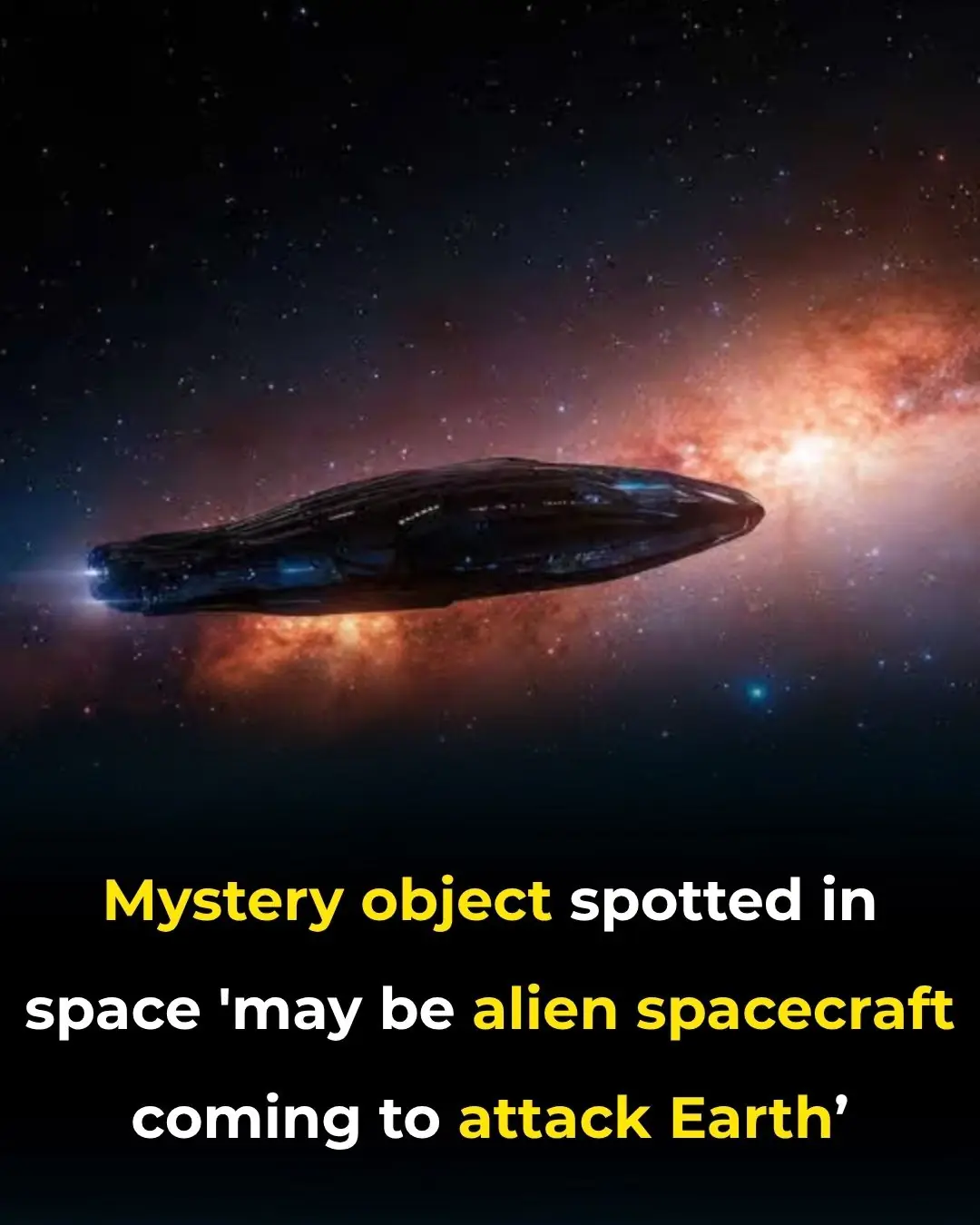
Mystery Space Object Might Be An Alien Ship Preparing To Strike Earth
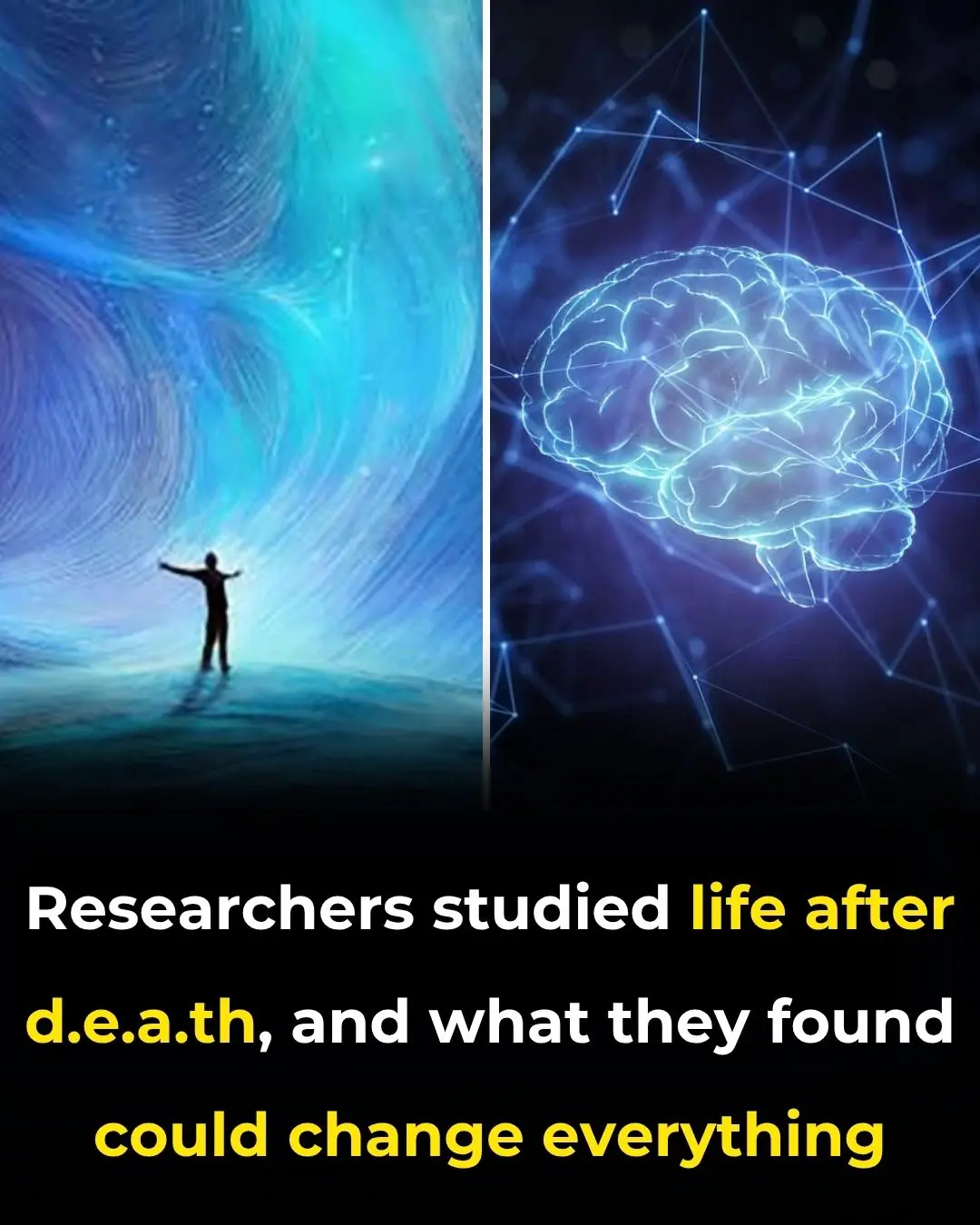
Research Reveals Cells’ Ability of Deceased Organisms to Form New Life

Denmark is fighting Al. It just gave citizens copyright to their own face, voice, and body.
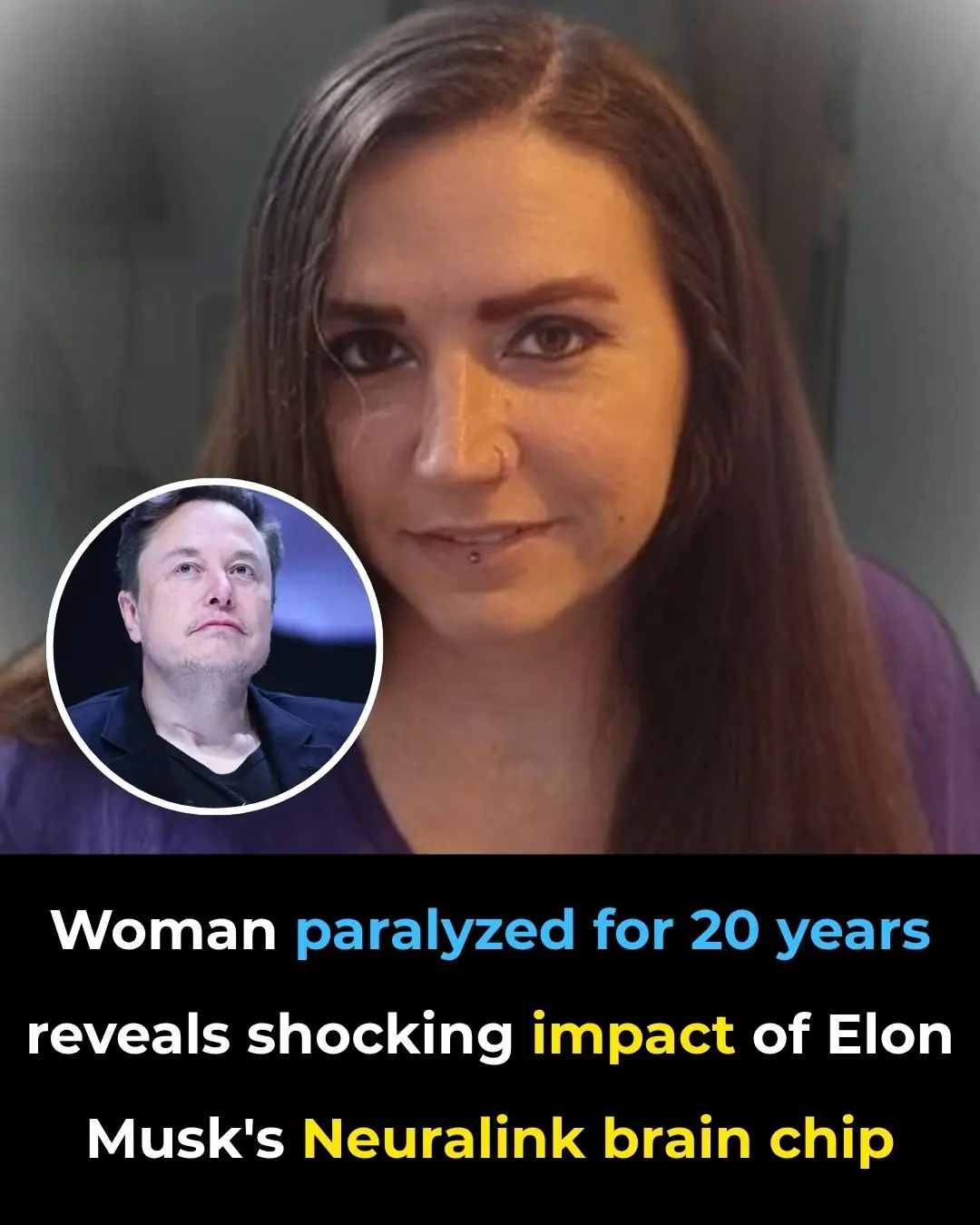
Woman paralyzed for 20 years reveals shocking impact of Elon Musk's Neuralink brain chip

Fingerprints are supposed to be unique.

Healing begins not with medicine, but with subtraction.

The Hidden Dangers of Cooking with Aluminum Foil: Health Implications and Safer Alternatives

Scientists Spark Debate Over Interstellar Visitor’s Strange Behavior
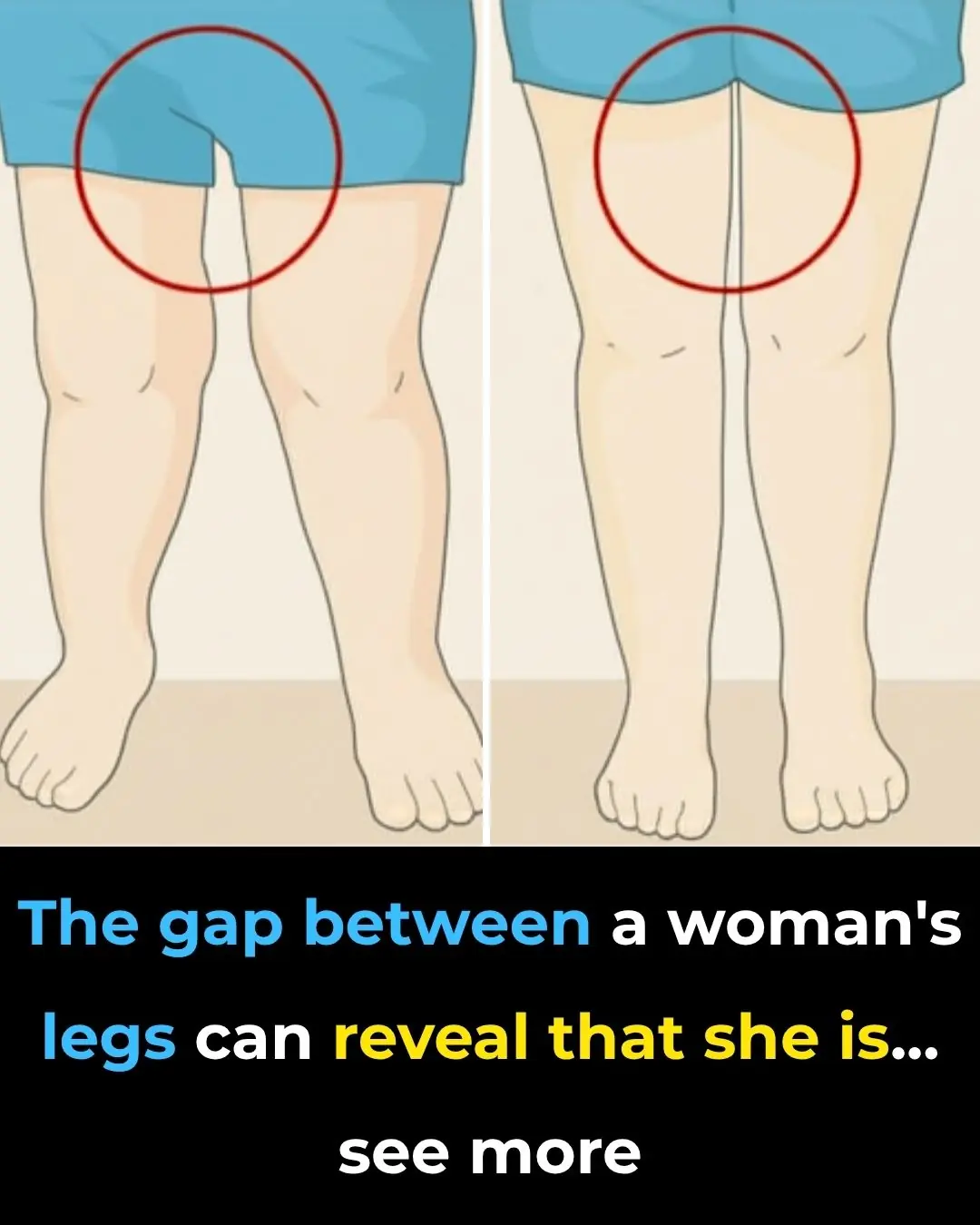
The gap between a woman’s legs can reveal that she is…
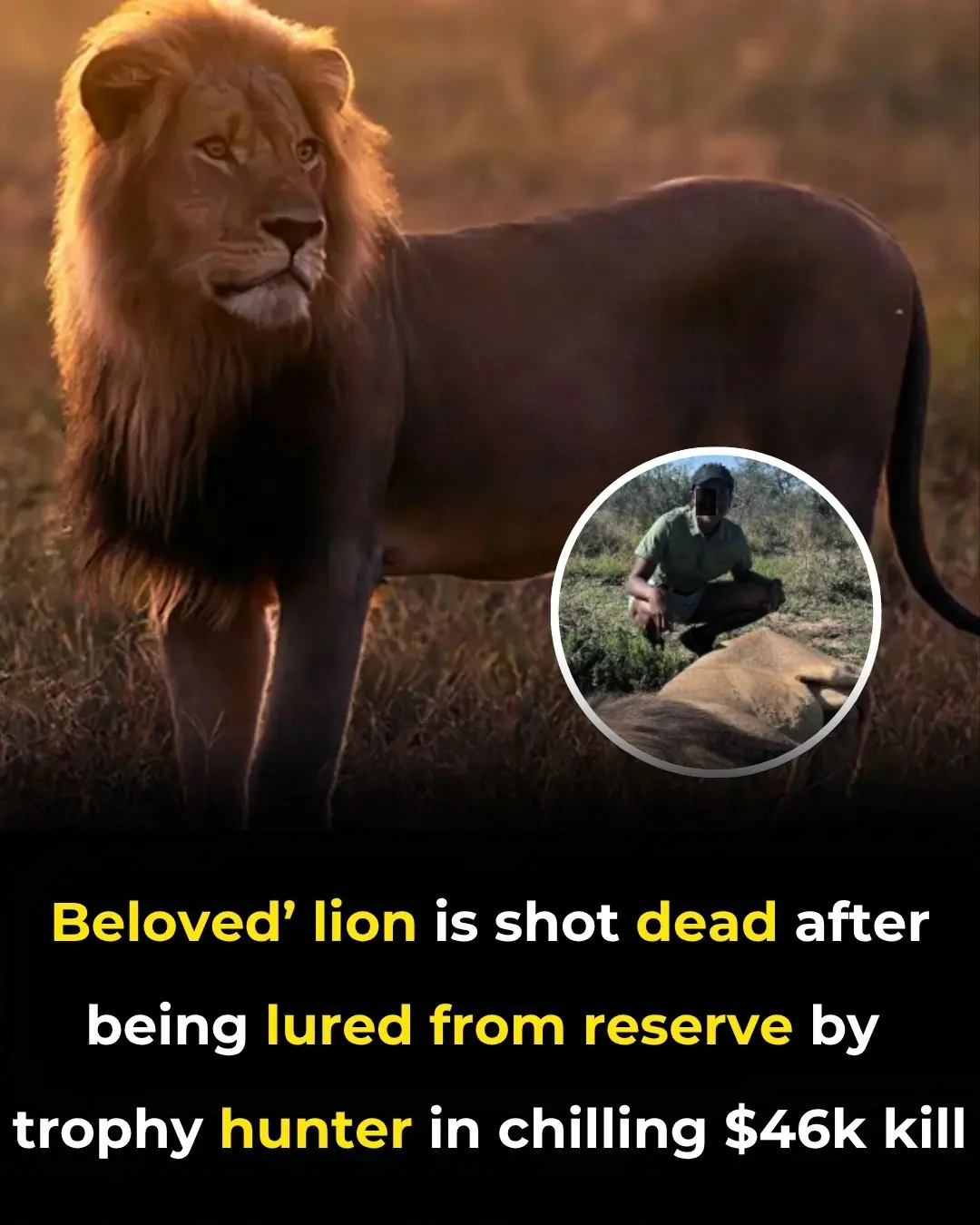
‘Beloved’ lion is shot dead after being lured from reserve by trophy hunter in chilling $46k kill

Fake Honey Is Taking Over Store Shelves — Here’s How to Tell What’s Genuine

Experts claim mankind will die in world-ending ‘cosmic hell’ revealing the exact time the horrific event will occur

Parents plan funeral for 10-yr-old with cancer – She then opens her eyes and says something that leaves them stunned

Earth Plunged Into Darkness For Six Minutes In Rare Event Not Seen In A Century

The Hidden Meaning Behind Leg-crossing — It’s More Than Just Comfort

Scientists Warn: Universe’s ‘Self-Destruct Button’ Could Trigger Without Warning

WORLD'S FIRST DATE SOFT DRINK
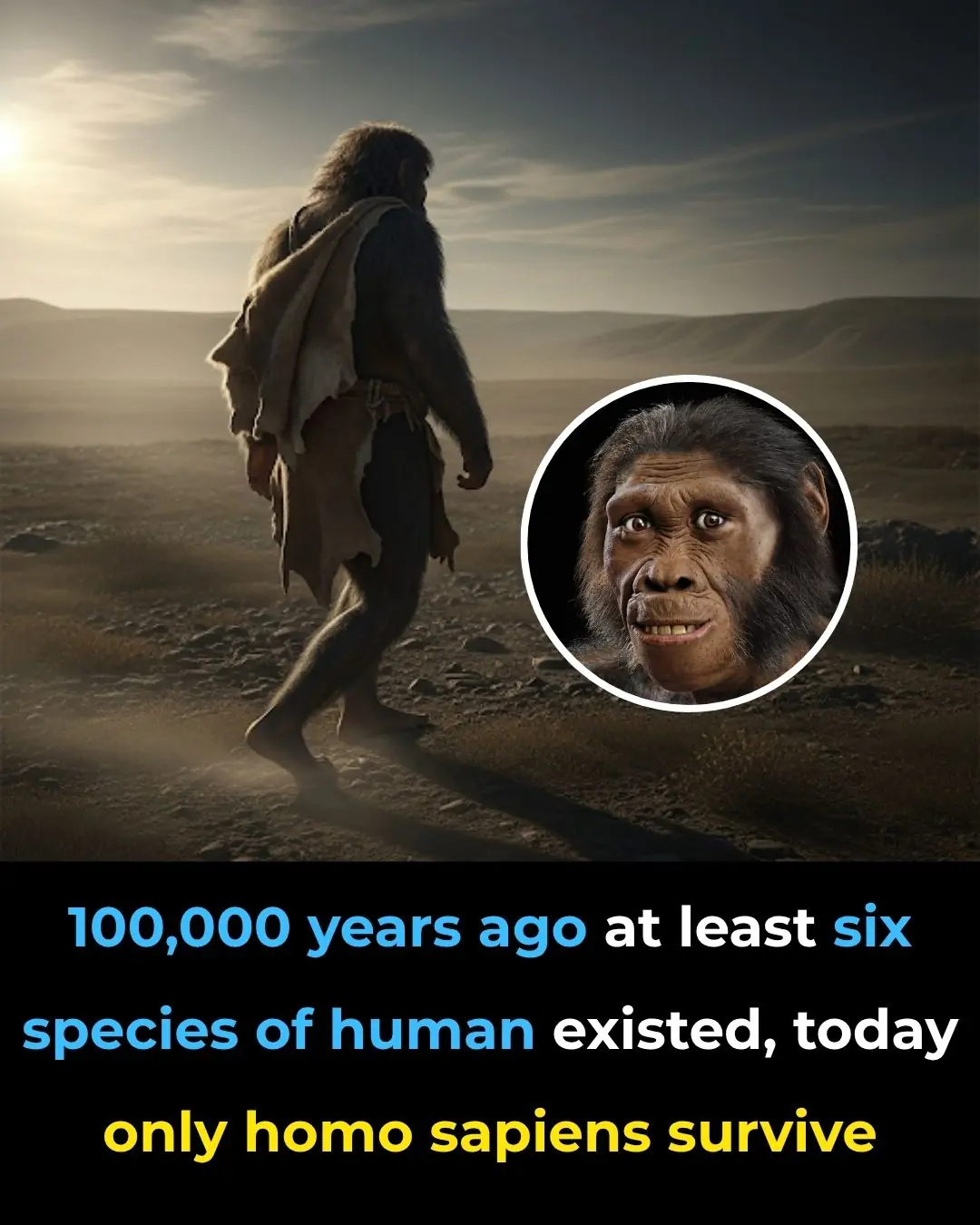
We weren’t the only humans just the last ones left to tell the tale
News Post

Wildfire Grows Into Megafire In Northern Arizona—Now Driving Its Own Climate

Mystery Space Object Might Be An Alien Ship Preparing To Strike Earth

Research Reveals Cells’ Ability of Deceased Organisms to Form New Life

Ethan Caldwell appeared to have everything—wealth, fame, and power. By the age of 42, he was a billionaire, having sold a booming tech startup at its market peak

The husband forgot to end the call. The wife overheard his conversation with his mother and filed for divorce the very same day.

If you drink cucumber water every morning, this is what happens to your body

Husband Leaves Pregnant Wife for Mistress — Eight Years Later, She Returns in a Helicopter with Their Twins…

If You Notice a Dark Ring Around Your Neck, Go See Your Doctor Immediately! This Is What It Means

— They came empty-handed — so drink water, — the relatives finally drove the hostess crazy.

Health Food & Nutrition Beauty Aromatherapy Animals

A Waitress Shamed My Grandma for Leaving 'Too Small' a Tip – I Made Her Regret It in the Most Unexpected Way

My MIL Secretly Made a Duplicate Key to Our House — What She Did There While We Were Away Stunned Me

I Found Out My Brother Was Secretly Transferring Money to My Wife – When I Figured Out Why, I Went Pale

I Saw a Lost Child in the Airport — What He Had in His Backpack Made Me Gasp

I Got a Text from My Husband’s Number Weeks after He Died & When I Traced It, the Truth Shattered Me — Story of the Day

Millionaire Dresses as a Bum and Visits His Company on an Undercover Mission — Story of the Day
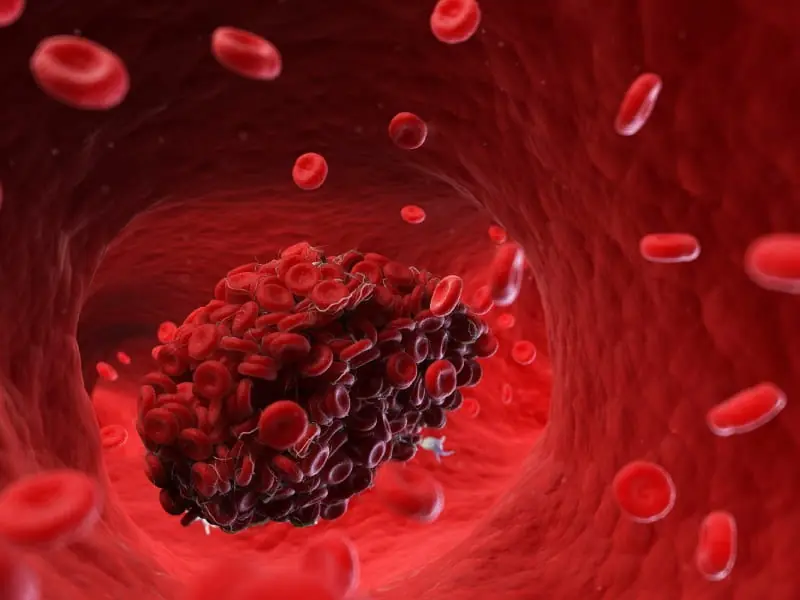
Cardiologists Say This Common Habit Is a Blood Clot Risk

Denmark is fighting Al. It just gave citizens copyright to their own face, voice, and body.
